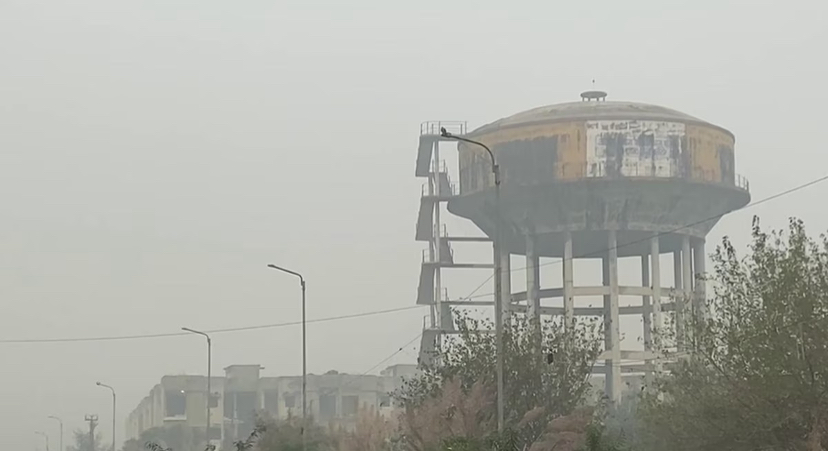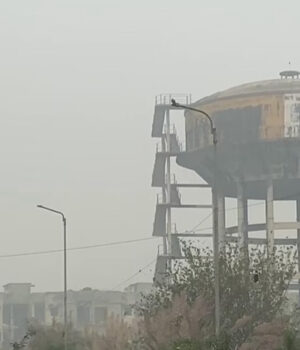
Residents and commuters in the national capital are voicing their distress as thick toxic smog blankets the city, pushing air quality into the ‘severe’ category. The Central Pollution Control Board (CPCB) reports an alarming Air Quality Index (AQI), with Anand Vihar at 452 and RK Puram, Punjabi Bagh, Sri Aurobindo Marg, and Shadipur all exceeding 400, signaling hazardous conditions.
Frustrated with the deteriorating air, citizens are urging the government to take immediate action to combat this escalating air pollution crisis. Commuters are struggling to breathe, with one stating, “This toxic air is giving us breathing problems. The government should mobilize urgent steps to bring us some respite.” Residents, especially daily commuters, are feeling the brunt of the public health hazard created by the worsening air quality.
Cyclists are also feeling the effects, with one cyclist named Jatin lamenting, “The air pollution is getting worse, and people are literally struggling to breathe. The government and all concerned agencies must address our problems promptly.” Additionally, residents are frustrated with the blame game between northern states’ governments instead of a united effort to control the worsening air pollution. They fear that if left unchecked, it could have more severe health implications than COVID-19.
The Supreme Court has taken a serious stance on the hazardous air quality, directing farmers in Punjab, Haryana, and western Uttar Pradesh to immediately cease stubble burning, a significant contributor to air pollution. The court has made local law enforcement responsible for preventing crop burning and mandated a meeting between states to ensure its cessation. Furthermore, the court highlighted the malfunction of previously installed smog towers, demanding their repair.
The court called for a meeting among the chief secretaries of the states to address the pollution crisis, emphasizing the need for a collective effort to find solutions. It expressed skepticism about schemes like odd-even vehicle restrictions, considering them mere symbolic gestures.
Air pollution during winter is exacerbated by factors such as dust, vehicular emissions, dry-cold weather, stubble burning, and crop residue burning. The cold air’s density traps pollution, prolonging its presence. Alarmingly, the current AQI levels have exceeded 400, posing severe risks to those with lung-related conditions and potentially increasing the risk of lung cancer.
While the national capital grapples with ‘severe’ air quality, neighboring Prayagraj district in Uttar Pradesh is also experiencing deteriorating air quality, slipping into the ‘poor’ category. The situation calls for immediate and coordinated action to safeguard public health and the environment.










